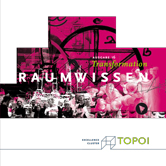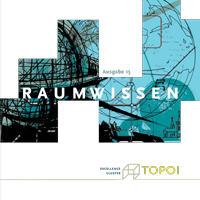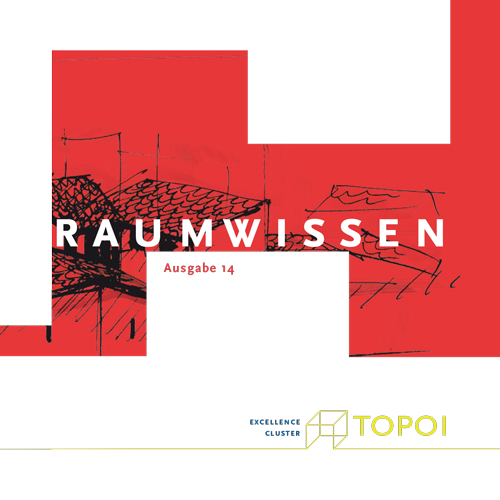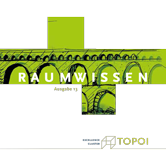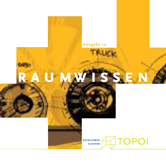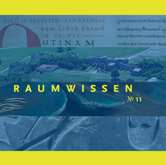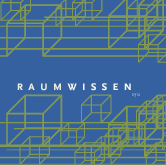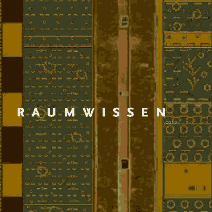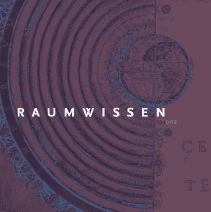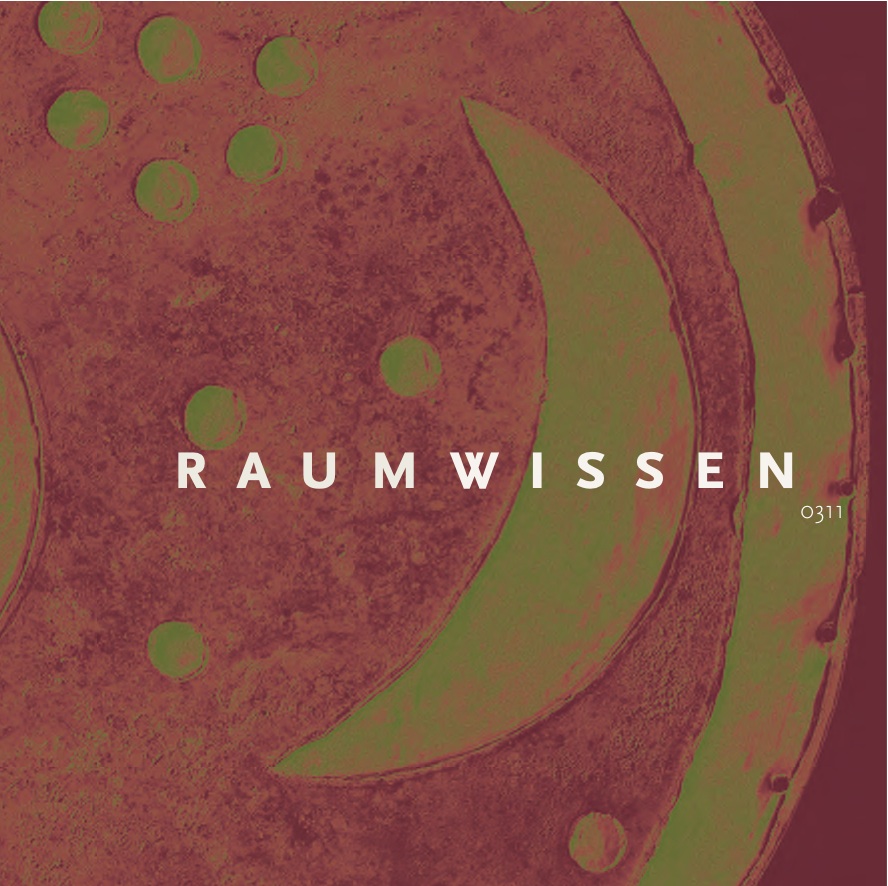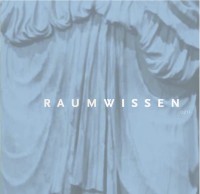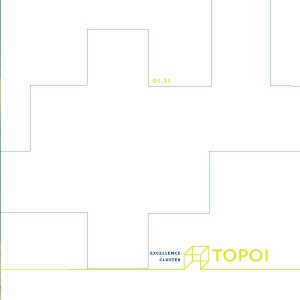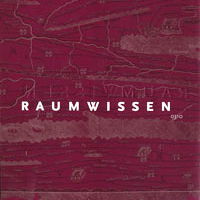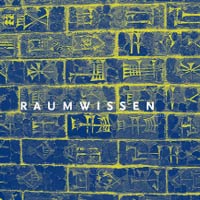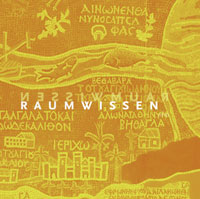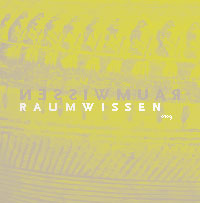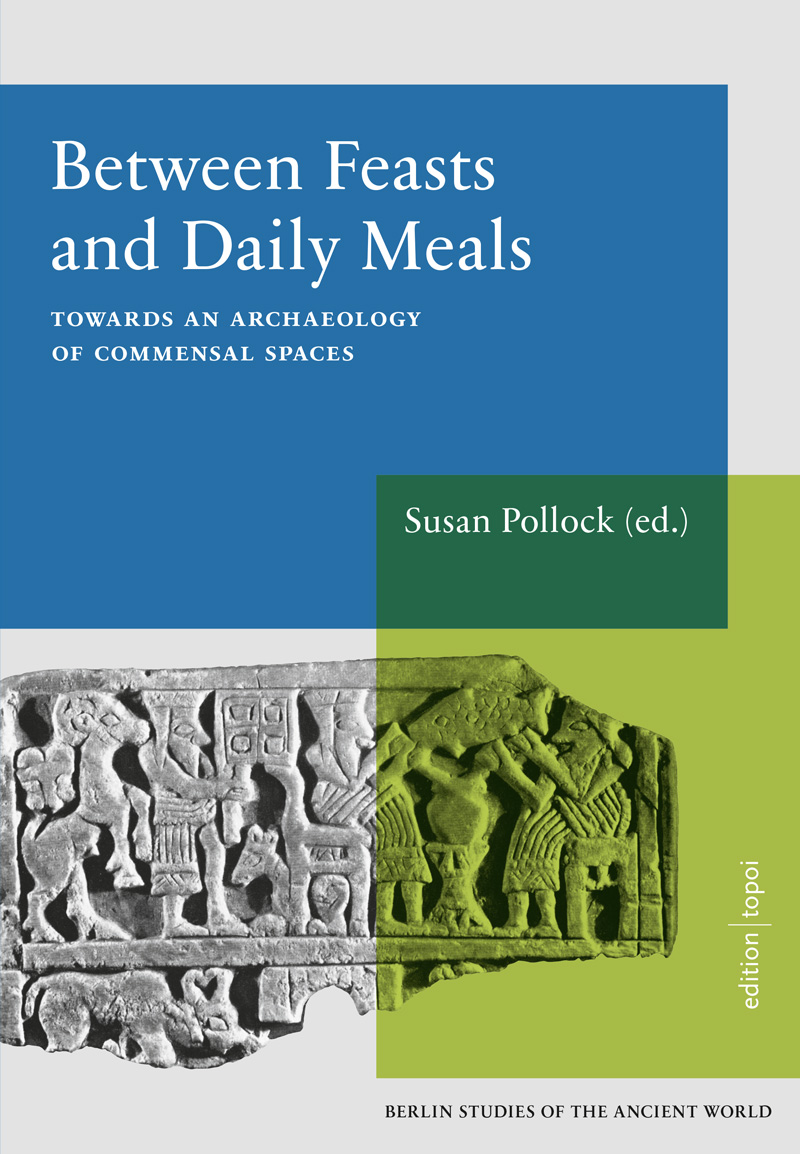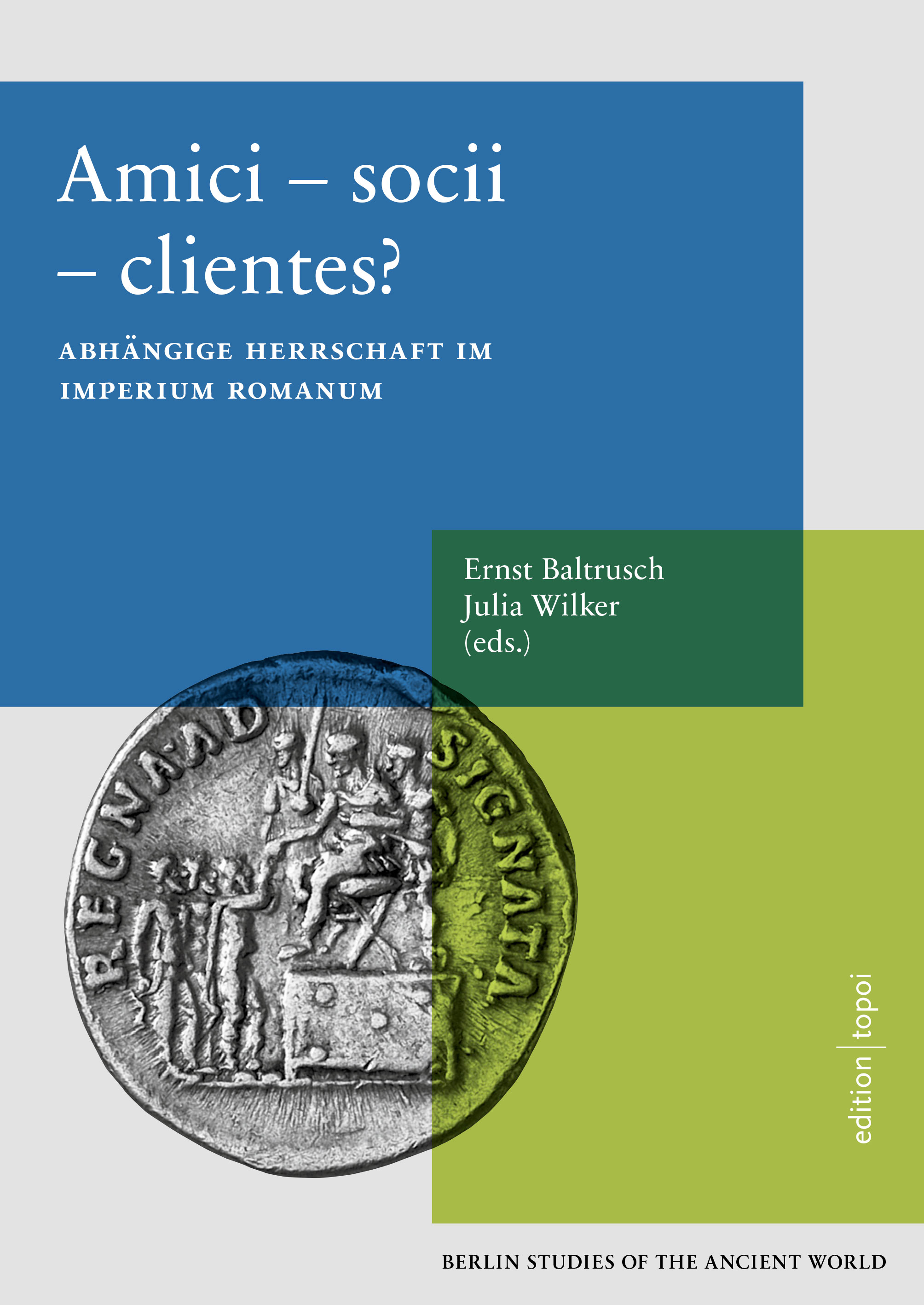This is the list of publications and reprints by Louis Robert that was compiled by D. Rousset, with references to articles that are electronically available, and to worldcat entries.
Actes de colloques et congrès
VIIIe Congrès de l’Assoc. G. Budé Paris 1968 = Opera IV 383-403 = Choix 157-171.
L’épigramme gr. (1969) = Opera VI 317-431 = Choix 175-246.
IIe Congrès d’épigraphie Paris 1952. Les p. 1-20 = Opera III 1748-1767 = Choix 73-
86.
VIe Congrès d’épigraphie Münich 1972 = Opera VI 665-681 = Choix 115-129.
VIIe Congrès d’épigraphie Constantza 1977 = Opera VI 685-696 et 683 = Choix 145-
156.
VIIIe Congrès d’épigraphie Athènes 1984 = Opera VI 709-719 = Choix 267-278.
Congrès intern. de numismatique Berne 1979 = Opera VI 697-707.
La toponymie antique Strasbourg 1975 = Opera VI 469-521 = Choix 391-428.
Mélanges
Mélanges Bidez = Opera II 988-1007.
Anatolian Studies W. H. Buckler = Opera I 611-632.
Mélanges Syriens René Dussaud = Opera I 601-610.
Harvard Studies Class. Phil. W. S. Ferguson = Opera I 633-643.
Stèlè, Mélanges Kontoléon = Opera VII 569-588 et Bull. 1979, 316 et 581.
Mélanges I. Lévy = Opera V 449-468.
Centennial publication Am. Numism. Soc. = Opera I 356-363.
Charisterion A. K. Orlandos = Opera II 915-938.
Symbolae R. Taubenschlag = Opera I 644-653. (is this what Rousset is referring to??)
Essays in honor of C. B. Welles = Opera VII 599-635 = Choix 569-601.
Xenion, Festschrift für P. I. Zepos = Opera V 137-154 = Choix 299-314.
American Journal of Philology 100 (1979), 153-165 = Opera V 123-135.
Anatolia
3 (1958), 103-136 = Opera I 402-435. (last pages are absent, only until 133)
4 (1959), 1-26 = Opera III 1423-1448.
Ankara Universitesi 6 (1948), 531-542 = Opera III 1449-1454.
Ann. École Hautes Études, IVe section
1965/66, 61-73 = Opera III 1538-1550.
1972/73, 239-242 = Opera V 1-4.
1973/74, 241-250 = Opera V 13-21.
1974/75, 343-350 = Opera V 43-49.
Annuaire du Collège de France (
1971/1972, 511-518 = Opera V 5-12.
1972/1973, 473-492 = Opera V 23-42.
1973/1974, 533-547 = Opera V 51-64.
L’Antiquité Classique
4 (1935), 157-173 : cf. Coll. Froehner 70-79.
4 (1935), 459-466 = Opera III 1614-1621.
32 (1963), 5-17 = Opera VI 57-69.
35 (1966), 377-432 = Opera VI 1-56. P. 401-432 dans Choix 623-645.
37 (1968), 406-448 = Opera VI 82-124.
Arch. Ephemeris
1966, 108-118 = Opera VII 696-706.
1967, 129-136 = Opera VII 673-680.
1969, 1-58 = Opera VII 707-764.
1977, 195-210 = Opera VII 765-780.
1977, 211-216 = Opera VII 781-786.
1977, 217-218 = Opera VII 787-788.
1979, 231-236 = Opera VII 789-794.
Berytus 16 (1966), 5-39 = Opera VII 637-671.
Bull. Assoc. Guillaume Budé 1973, 167-184 = Opera VI 665-681 = Choix 115-129.
Bulletin de Correspondance Hellénique
48 (1924), 331-342 = Opera I 1-12.
49 (1925), 219-238 = Opera I 13-32.
50 (1926), 250-259 = Opera II 956-965.
50 (1926), 469-522 = Opera I 33-86.
52 (1928), 158-178 = Opera I 87-107.
52 (1928), 407-425 = Opera II 878-896.
52 (1928), 426-443 = Opera I 108-125.
53 (1929), 151-165 = Opera I 126-140.
53 (1929), 34-41 = Opera I 247-254.
54 (1930), 262-267 = Opera II 966-971.
54 (1930), 322-351 = Opera I 141-170.
57 (1933), 467-484 = Opera I 455-472.
57 (1933), 485-491 = Opera I 171-177.
57 (1933), 492-504 = Opera I 436-448.
57 (1933), 505-543 = Opera I 473-511.
59 (1935), 193-209, 310 = Opera I 261-278.
59 (1935), 421-437 = Opera I 178-194.
59 (1935), 438-452 = Opera I 279-293.
59 (1935), 453-470 = Opera I 512-529.
59 (1935), 471-488 = Opera II 740-757.
59 (1935), 489-513 = Opera I 302-326.
60 (1936), 184-189 = Opera I 195-200.
60 (1936), 190-207 = Opera II 897-914.
70 (1946), 506-523 = Opera I 327-344.
78 (1954), 68-73 = Opera I 255-260.
101 (1977), 43-132 = DAM 1-90.
102 (1978), 395-543 = DAM 91-239.
105 (1981), 331-360 = DAM 241-270.
106 (1982), 309-378 = DAM 271-340.
107 (1983), 497-599 = DAM 341-443.
108 (1984), 457-532 = DAM 445-520.
109 (1985), 467-484 = DAM 521-538.
Bull. Corr. Hell. Suppl. I. Études déliennes, 435-489 Les p. 435-466 = Choix 471-499.
Cahiers Archéologiques 8 (1956), 27-36 = Opera VII 589-598.
Comptes rendus Acad. Inscr.
1948, 401-404 ipv 403= Opera III 1455-1459.
1948, 430-432 = Opera III 1455-1459.
1948, 530-531 = Opera III 1455-1459.
1952, 589-599 = Opera I 345-355.
1953, 403-415 = Opera III 1525-1537.
1954, 494-505 = Opera I 709-720.
1955, 195-219 = Opera I 576-600.
1961, 173-179 = Opera III 1460-1465.
1964, 134-140 = Opera III 1563-1569. 1964, 56-57???
1965, 313-328 = Opera III 1768-1783.
1966, 82 (ipv 83)-88 = Opera III 1735-1740.
1966, 489-501 = Opera III 1784-1796.
1967, 281-297 = Opera V 469-484.
1967, 487-493 = Opera III 1741-1747.
1968, 280-288 = Opera V 552-560.
1968, 416-457 = Opera V 510-551 = Choix 533-565.
1968, 568-599 = Opera V 584-615.
1969, 42-64 = Opera V 561-583 = Choix 603-621.
1970, 6-27 = Opera V 647-668 = Choix 247-266.
1971, 597-619 = Opera V 617-639.
1974, 176-181 = Opera V 669-674.
1974, 508-530 = Opera V 675-696.
1975, 306-330 = Opera V 485-509.
1978, 241-289 = Opera V 697-745 = Choix 315-356.
1978, 338-344 = Opera V 640-646.
1981, 513-535 = Opera V 747-769.
1982, 50-63 = Opera V 777-790.
1982, 126-132 = Opera V 770-776.
1982, 228-276 = Opera V 791-839.
Dacia 22 (1978), 325-329 = Opera VI 311-315.
Eos 48 II (1957), 229-238 = Opera I 644-653.
Epistémonikè Epétéris Athenôn 1962-1963, 519-529 = Opera II 977-987.
Fouilles(Les) de Claros 1954 = Opera VI 523-549.
Gnomon
Peek, GVI 31 (1959), 1-30 = Opera III 1640-1669.
Rehm, Didyma 31 (1959), 657-674 = Opera III 1622-1639.
Fraser, Samothrace 35 (1963), 50-79 = Opera VI 589-618.
MAMA VIII 37 (1965), 380-388 = Opera VI 619-627.
Maier, Gr. Mauerbau. 42 (1970), 579-603 = Opera VI 629-653.
Gottlieb, Timuchen 43 (1971), 38-41 = Opera VI 654-657.
Wilhelm, Akademieschr. 52 (1980), 1-5 = Opera VI 659-663.
Harvard Studies in Classical Philology 81 (1977), 1-39 = Opera VI 211-249 = Choix 673-703.
Hermes 65 (1930), 106-122 = Opera I 654-670.
L’histoire 62 (décembre 1983), 88-93. Repris dans le recueil La Grèce ancienne (Paris,
1986), 15-25.
L’histoire et ses méthodes (1961) = Opera V 65-109 = Choix 87-114.
Journal Asiatique 1958, 7-18 = Opera III 1551-1562.
Journal des Savants
1961, 97-166 = Opera VII 1-140.
1962, 5-74 = Opera VII 1-140.
1968, 197-213 = Opera VII 141-157 = Choix 131-144.
1971, 81-105 = Opera VII 159-183.
1973, 161-211 = Opera VII 225-275.
1975, 153-192 = Opera VII 185-224.
1976, 153-235 = Opera VII 297-379.
1978, 145-163 = Opera VII 277-295.
1978, 3-48 = Opera VII 381-426. Les p. 3-34 dans Choix 501-518.
1979, 257-294 = Opera VII 427-464.
1981, 3-44 = Opera VII 465-506 = Choix 357-387.
1982, 139-162 = Opera VII 507-530.
1983, 241-258 = Opera VII 531-548 = Choix 519-531.
1983, 45-63 = Opera VII 549-567.
Mnemosyne 1937, 302 = Opera I 575.
Rev. Archéologique
1926 II, 173-187 = Opera I 232-246.
1929 II, 24-42. Les p. 24-41 dans Opera I 691-708.
1933 II, 121-147 = Opera III 1576-1602.
1934 I, 48-61 = Opera II 1012-1025.
1936 I, 233-240 = Opera III 1606-1613.
1978, 277-290 = Opera VII 681-694.
Rev. Ét. Anciennes
31 (1929), 13-20, 225-226 = Opera II 758-767.
36 (1934), 521-526 = Opera III 1570-1575.
38 (1936), 5-28 = Opera II 768-791.
62 (1960), 276-361 = Opera II 792-877.
65 (1963), 298-329 = Opera III 1493-1524.
Rev. Ét. Grecques
37 (1924), 179-181 = Opera I 201-203.
38 (1925), 29-43 = Opera II 721-735.
38 (1925), 423-426 = Opera II 736-739.
40 (1927), 208-213 = Opera I 449-454.
40 (1927), 214-223 = Opera I 204-213.
42 (1929), 20-38 = Opera I 530-548.
42 (1929), 426-438 = Opera I 214-226.
45 (1932), 199-203 = Opera I 227-231.
46 (1933), 423-442 = Opera I 549-568.
47 (1934), 26-30 = Opera II 972-976.
47 (1934), 31-36 = Opera I 296-301.
49 (1936), 1-16 = Opera II 939-954.
49 (1936), 235-254 = Opera I 671-690.
59-60 (1946-47),p. XXVI-XLIII 26-43= Opera III 1705-1722.
59-60 (1946-47), 298-372
70 (1957), 361-375 = Opera III 1478-1492.
79 (1966), 733-770 = Opera VI 551-588.
80 (1967), 31-39 = Opera VI 71-79.
94 (1981), 338-361 = Opera VI 432-455.
Rev. Hist. Relig. 98 (1928), 56-59 = Opera II 1008-1011.
Rev. Historique 207 (1952), 173-184 = Mém. J. Sauvaget I (1954), p. XV-XXXV = Opera
III 1723-1734.
Rev. de Philologie
1926, 66 = Opera II 955.
1927, 97-132 = Opera II 1052-1087.
1929, 122-158 = Opera II 1088-1124.
1930, 25-60 = Opera II 1125-1160.
1934, 43-48 = Opera I 569-574.
1934, 49-53 = Opera II 1161-1165.
1934, 267-292 = Opera II 1166-1191.
1934, 406-408 = Opera III 1603-1605.
1936, 113-170 = Opera II 1192-1249.
1936, 274-284 = Opera III 1467-1477.
1939, 97-217 = Opera II 1250-1370.
1943, 111-119 = Opera I 364-372.
1943, 170-201 Voyages épigraphiques en Asie Mineure
1944, 3-56 = Opera III 1371-1422.
1945, 19-20 = Opera I 294-295.
1957, 7-22 = Opera I 373-388.
1958, 15-53 = Opera V 155-193.
1958, 54-66 = Opera I 389-401.
1959, 165, Book Review
1959, 165-236 = Opera V 195-266.
1967, 7-84 = Opera V 347-424.
1974, 180-246 = Opera V 267-333.
1976, 181-192 = Opera V 335-346.
1977, 7-14 = Opera V 425-432.
1978, 242-251 = Opera V 438-447.
1981, 9-13 = Opera V 433-437.
1984, 7-18 = Opera VI 457-468.
Revue d’Histoire du Quatorzième Arrondiss. de Paris (1973), 36-47 = Opera V 111-122.
Revue numismatique
1936, 271-278 = Opera II 1026-1033.
1962, 7-24 = Opera II 1034-1051.
1973, 43-53 = Opera VI 125-135.
1976, 25-56 = Opera VI 137-168 = Choix 647-671.
1977, 7-47 = Opera VI 169-209.
Studii Clasice
9 (1967), 107-119 = Opera VI 251-263.
10 (1968), 77-85 = Opera VI 265-273.
16 (1974), 53-88 = Opera VI 275-310.





